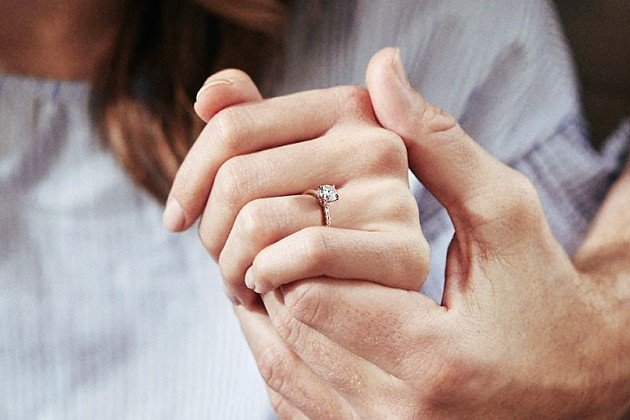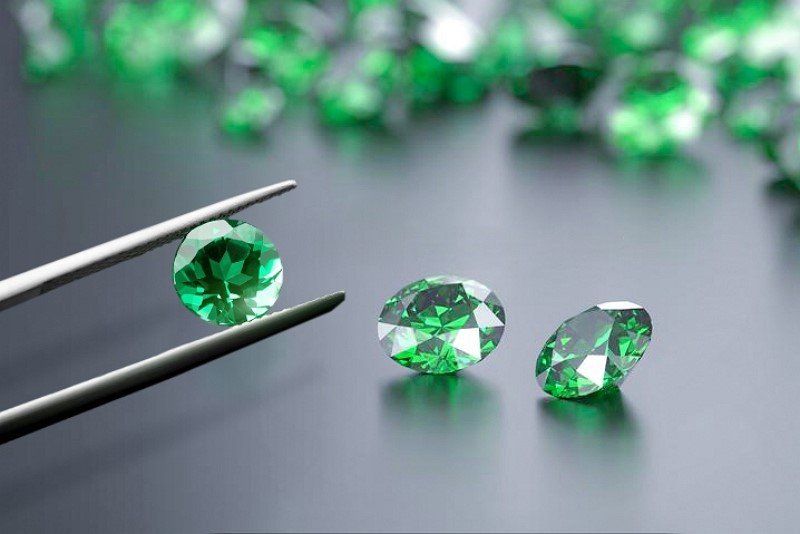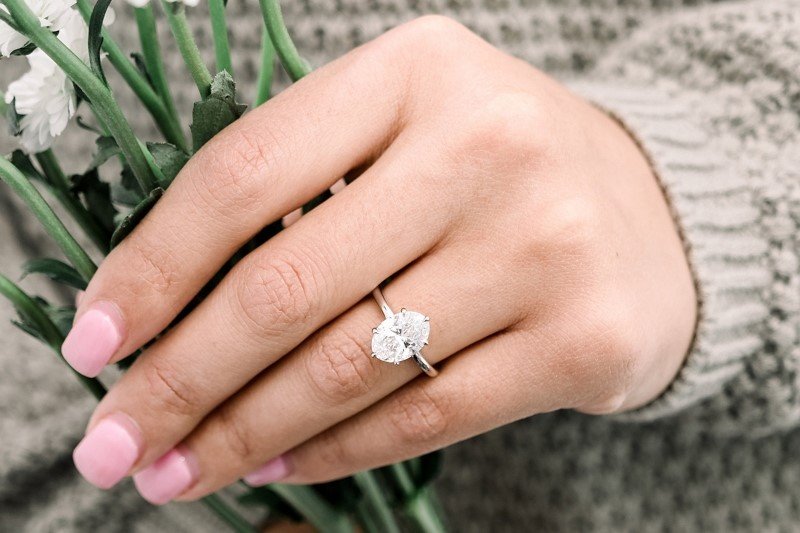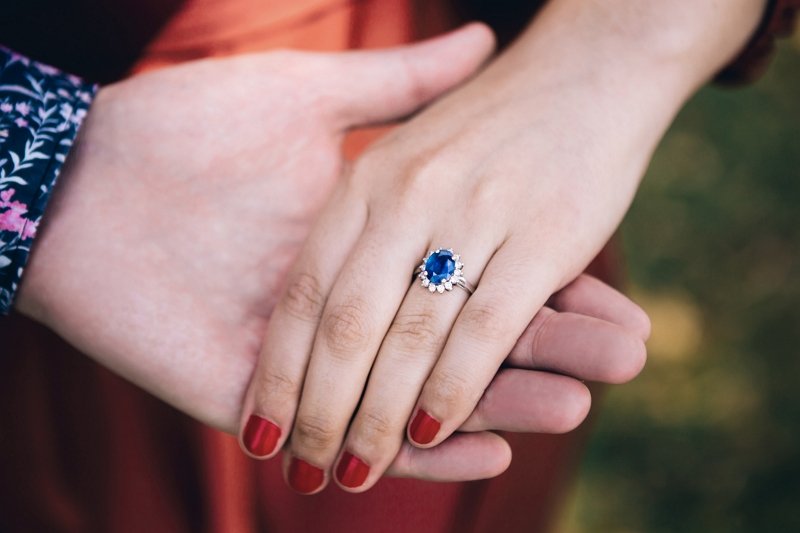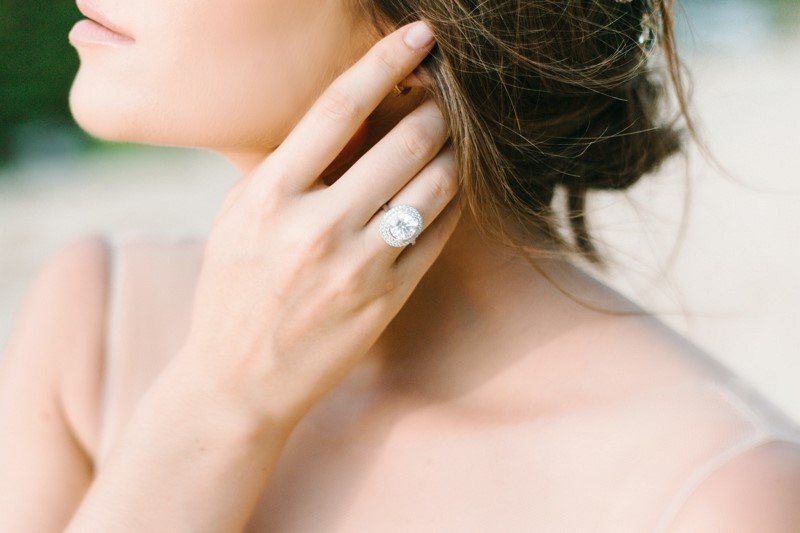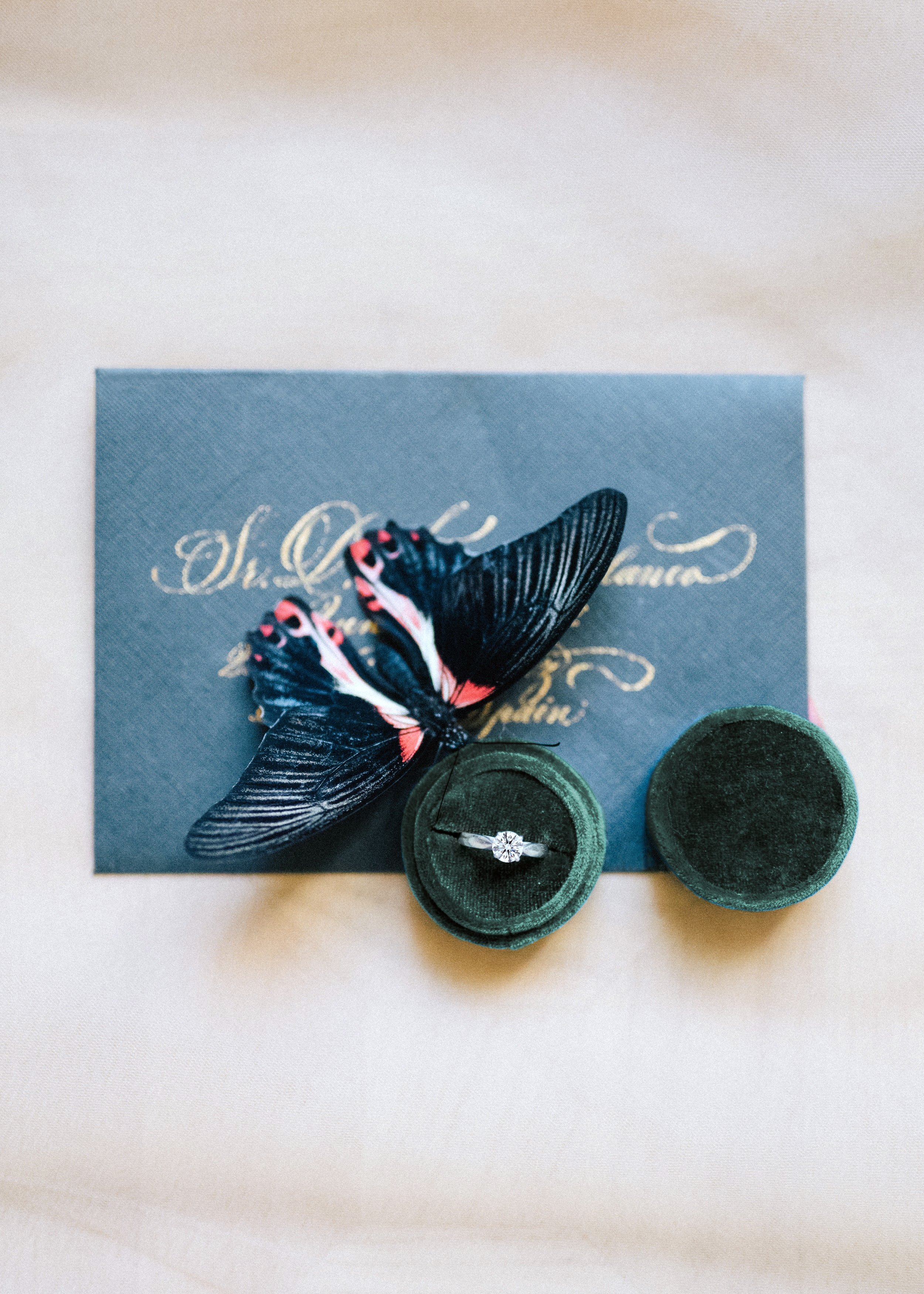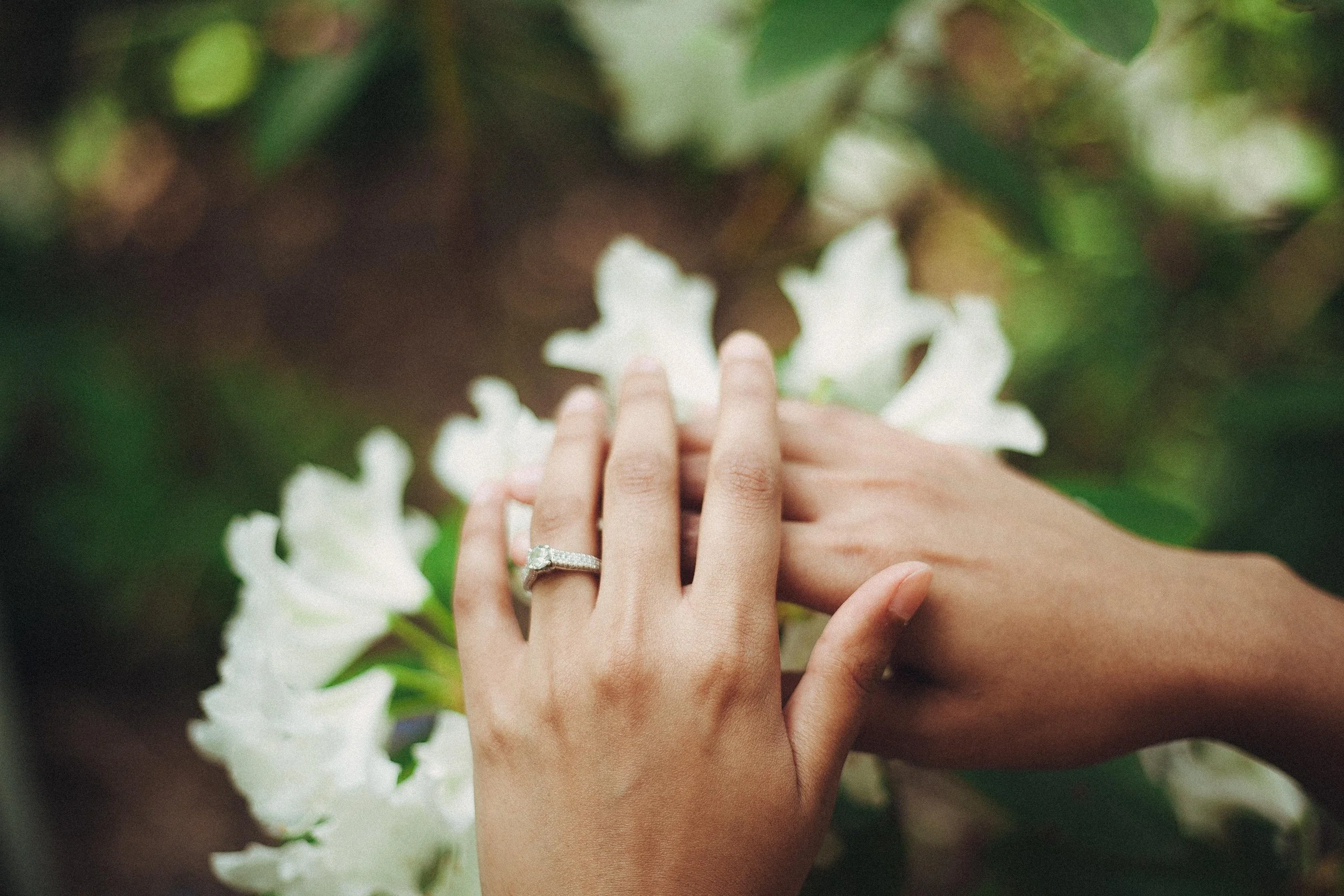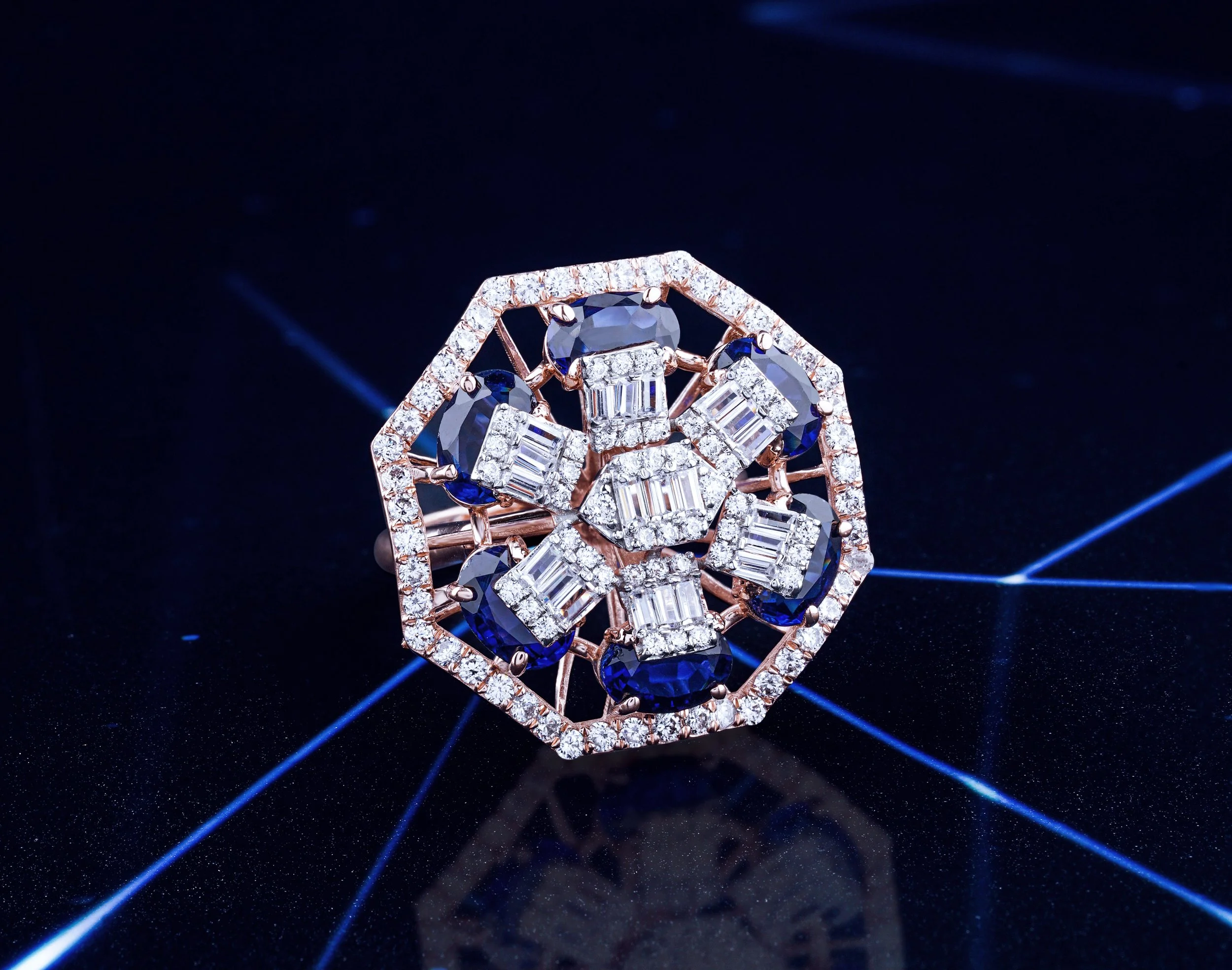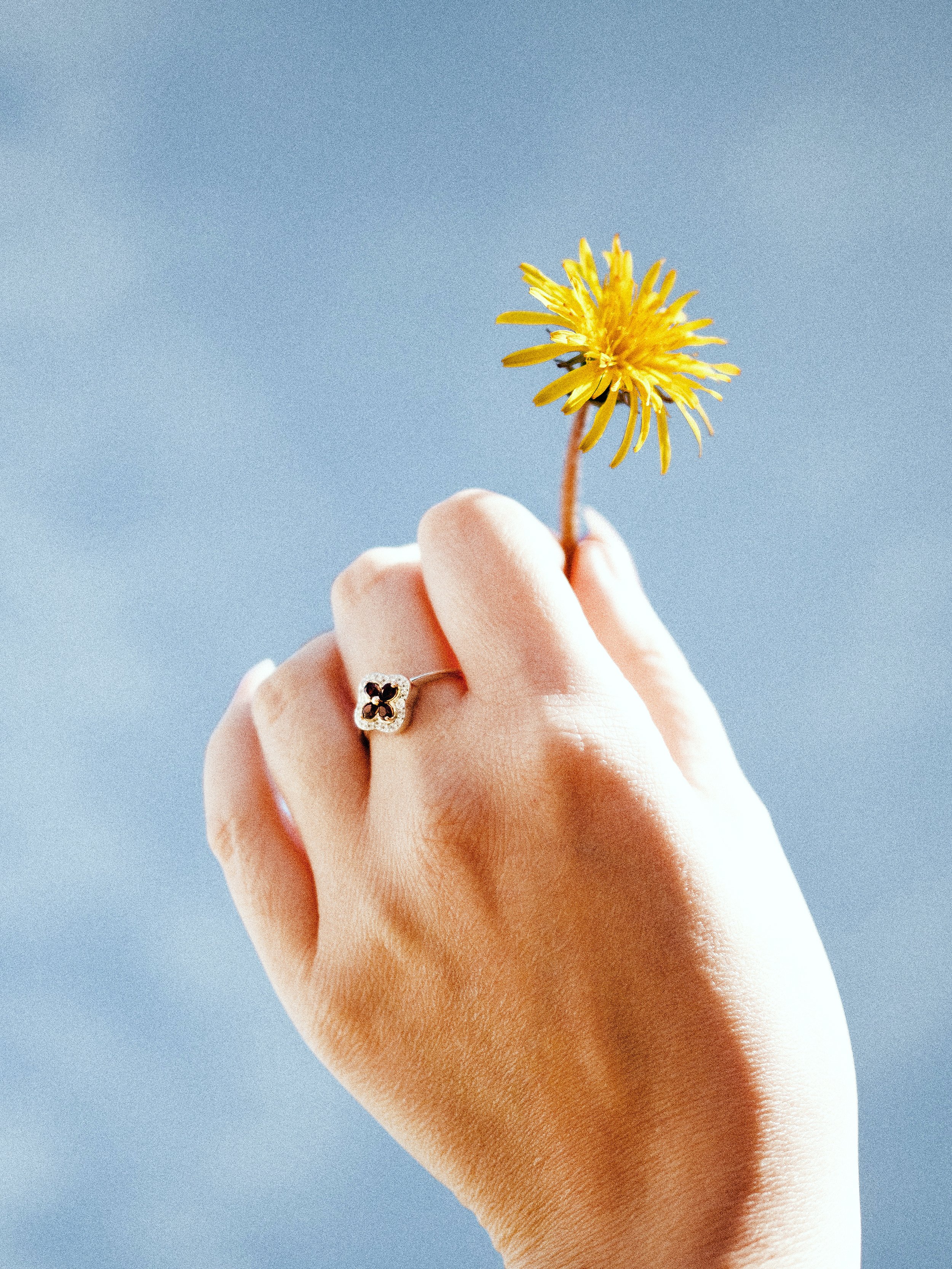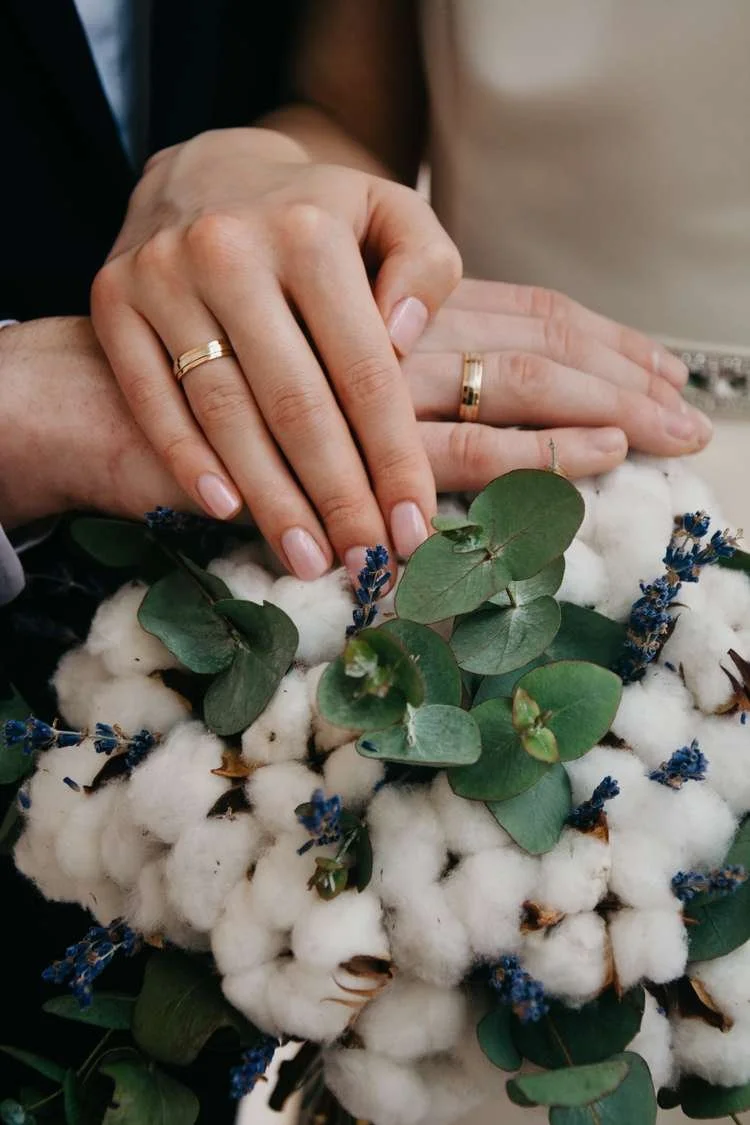Why Lab-Grown Diamond Sales are on the Rise
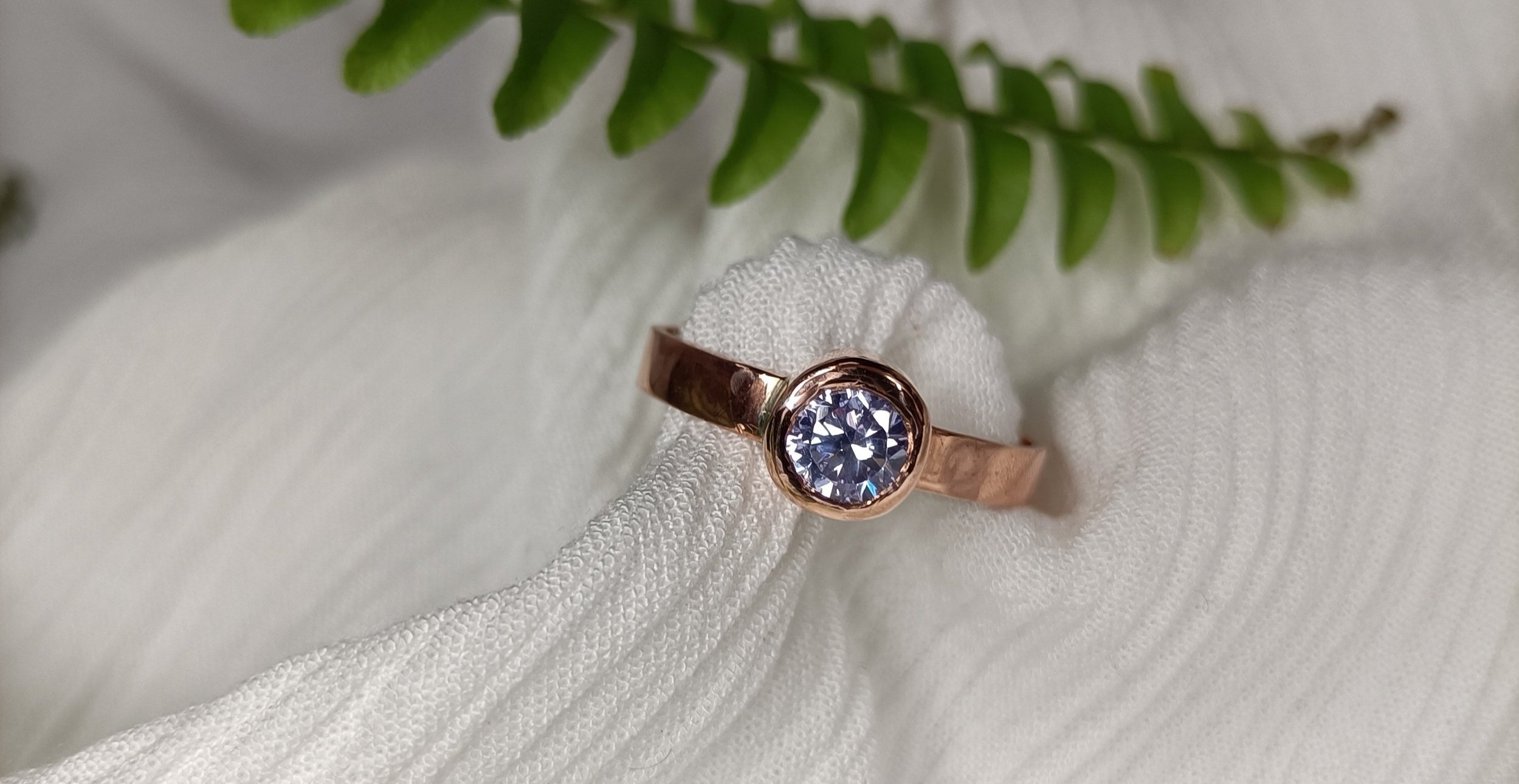
There is currently a surge in demand for lab-grown diamonds for engagement rings, wedding rings, anniversary jewelry, and everything in between. The U.S has recorded a steady increase in sales for lab-grown diamonds, rising from 3% in 2020 to 7% in 2022. This sudden rise in sales is due to one major factor - the price. The starting price of a lab-grown diamond is around $2,000, which is about 40% to 45% less than that of a natural diamond (with a starting price of around $5,000). Nonetheless, several factors outside of price have influenced the sudden surge in demand for lab-grown diamonds, and we will be discussing them below.
Factors influencing the rise in sales of lab-grown diamonds
Years ago, and for the majority of our known history, diamonds were mostly found among the elites of society. But with the rise in the production of lab-grown diamonds, even the average American can afford one today (especially if the payment is done in installments). Although some groups of people are still hung up on natural diamonds, there is no sign of its lab-grown counterpart having decrease in demand any time soon. The question is: what is influencing this surge?
-
The affordability of lab-created diamonds is one of the major reasons why most people choose cultured diamond pieces over natural diamonds. Whether you want a rare diamond cut, an unique diamond shape, or even the most rare and expensive diamond cut out there, it still won't cost as much as a mined diamond of the same shape, cut, clarity, and carat size. So why settle for an expensive option when you can have the same quality at a more affordable rate?
Additionally, despite having the same physical and chemical compositions, experts have signified that lab-created diamonds tend to be more durable than mined diamonds because they are created under well-controlled conditions.
Apart from the mining process being expensive, it takes billions of years for a natural diamond to form beneath the earth’s mantle, limiting their availability; however, lab-created diamonds take anywhere from a few months to a few weeks to be created, and are readily available without the excessive cost of mining and transportation (among a plethora of other factors).
-
Lab diamonds are also called sustainable diamonds because, unlike mined diamonds, their production process does not involve practices that cause severe damage to the environment. Mining has caused several irreparable damages to the environment (contaminating water sources, causing air pollution, utilizing fossil fuels, etc.), creating an extremely harmful environmental impact. Since we now live in a world where a considerable number of people are conscious about sustainability and making choices that will benefit the environment, there's no sign of the demand for lab-grown diamonds plummeting any time soon.
According to experts, the amount of energy required to mine a single carat of a diamond is exceedingly more than what is required to create one in the lab. In fact, for every carat of diamond mined, 57kg of carbon is released into the environment, whereas lab diamonds release only a few grams. There are also speculations that the size of some diamond mines is so large that they are seen from space via NASA’s Terra satellite.
-
As discussed earlier, lab-created diamonds are a sustainable alternative to natural diamonds. Another reason for this is that lab-grown diamonds do not involve unethical work practices. Some of the many unethical practices involved in diamond mining and trade include: lack of transparency, labor abuse, and human rights abuse- murder, torture, forced labor, violence, etc. This is why mined diamonds are often referred to as “conflict diamonds” or “blood diamonds”. Conversely, lab-grown diamonds have no conflicted past and are a cleaner option for someone who does not want to build their special moment around a gem that may have caused an immense amount of suffering.
-
Unlike mined diamonds, colored diamonds with steady and vibrant colors (like these options from Sunny Eden™) can be grown in the lab and made accessible to the average consumer. If you are lucky enough to find a colored mined diamond, there will almost certainly be a very high price attached to it. On the other hand, colored lab-grown diamonds come in at a fraction of the price and with a wider variety of color choices. This makes them more affordable than their mined counterparts of the same carat size, cut, clarity, etc.
Consider buying lab-grown diamond rings
The introduction of lab-grown diamonds has greatly influenced the narrative of engagement and wedding rings, because it has opened up the availability of diamonds to the average couple rather than just the wealthy minority. It’s beautiful to see couples sending locks of their hair to jewelers like SunnyEden™ to form a diamond out of it, and even personalize a heartfelt message on the diamond’s girdle.
Personalization and customization make lab-grown diamond rings very special in a multitude of ways. Whether you are looking for rare diamond cuts, old diamond cuts, or even the most expensive diamond shape, a lab-grown diamond will not fall short in providing you with these.
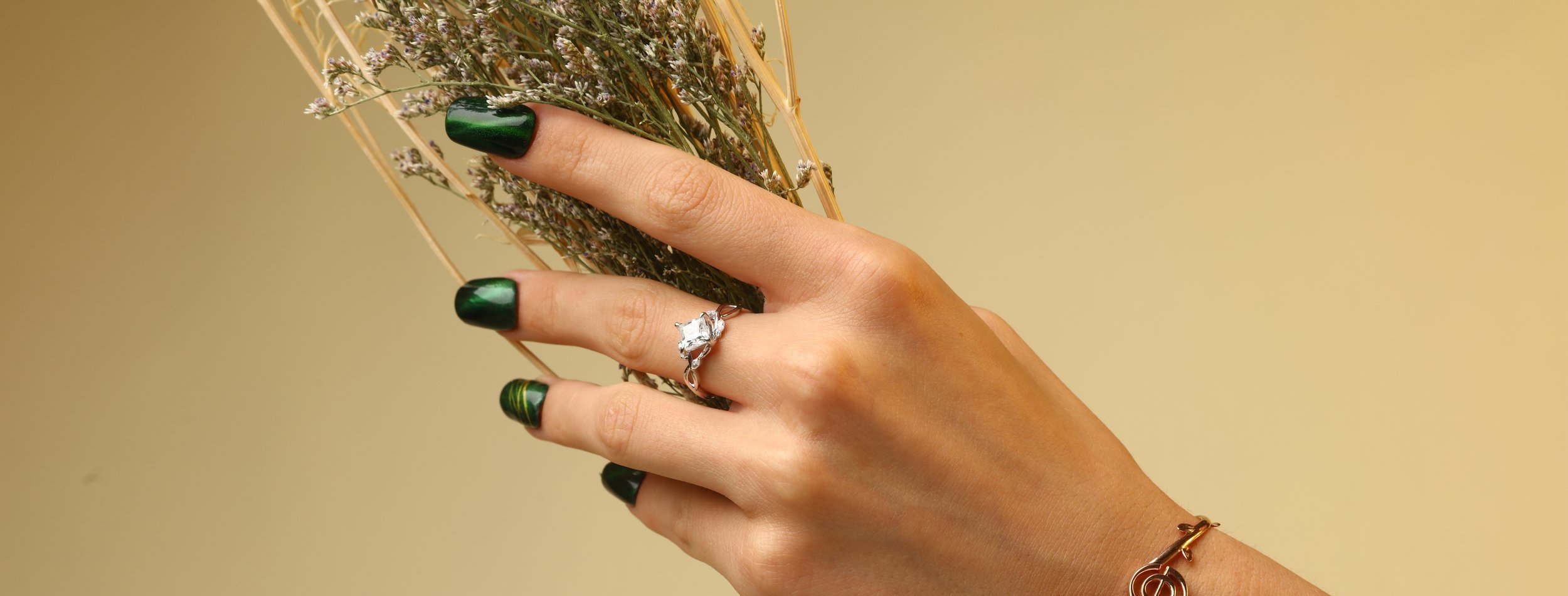
FAQs about lab-grown diamonds:
-
Yes, they are. Lab-grown diamonds and natural diamonds are both composed of pure carbon and are the hardest substance on earth. Even an industry expert must take time to decipher between a natural diamond and its lab-grown counterpart. This is because they share the same physical and chemical compositions. Lab-grown diamonds typically have better clarity than natural diamonds, which is why they tend to be brighter.
-
The increase in the production of lab-created diamonds across the world, along with the lack of supply constraints, will continue to decrease the resale value of these diamonds. So, if you intend to make a stable investment out of your lab-grown diamond, you should know that market value decreases with time.
Also, there is less rarity with lab-created diamonds because they are sometimes produced in mass, taking away the "one of a kind" feeling that comes with mined diamonds (unless you request a custom order and unusual diamond cuts).
-
Yes, like natural diamonds, lab-created diamonds can be certified. These certifications are crucial because it gives you important information about the diamond and its characteristics. Before a diamond is certified, expert jewelers will evaluate and scrutinize every part of it with special tools to determine its color, clarity, and cut. These findings are then recorded in a certificate. Several diamond grading labs around the world carry out these evaluations. However, the top three certificates that are widely recognized are IGI, GIA, and AGS.
Conclusion
The wide price gap between natural and lab-grown diamonds continues to influence the rise in sales of the latter, providing a luxury product for sale at a fairer price. Additionally, there’s been an increase in the eco-consciousness among millennials and Generation Z, which has prompted them to make sustainable choices for themselves, others, and the environment.
Furthermore, the chances of getting a colored lab-grown diamond for your proposal, marriage, anniversary, etc.- are much higher. Since it is nearly impossible to trace the origin of natural diamonds to know whether or not they are conflict-free, a lab-grown diamond is a cleaner and more conscious option.






